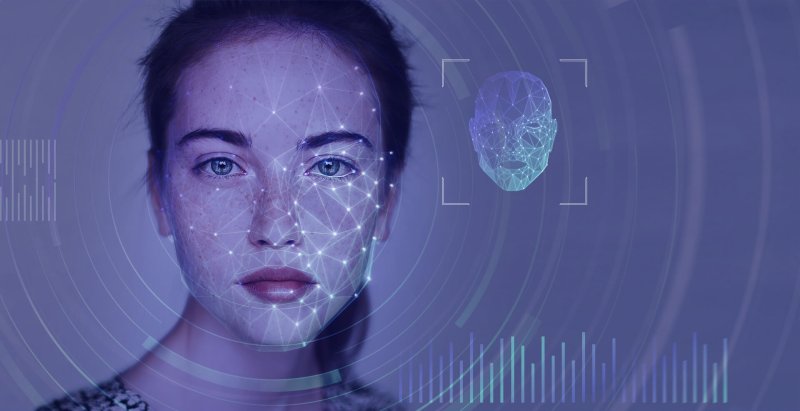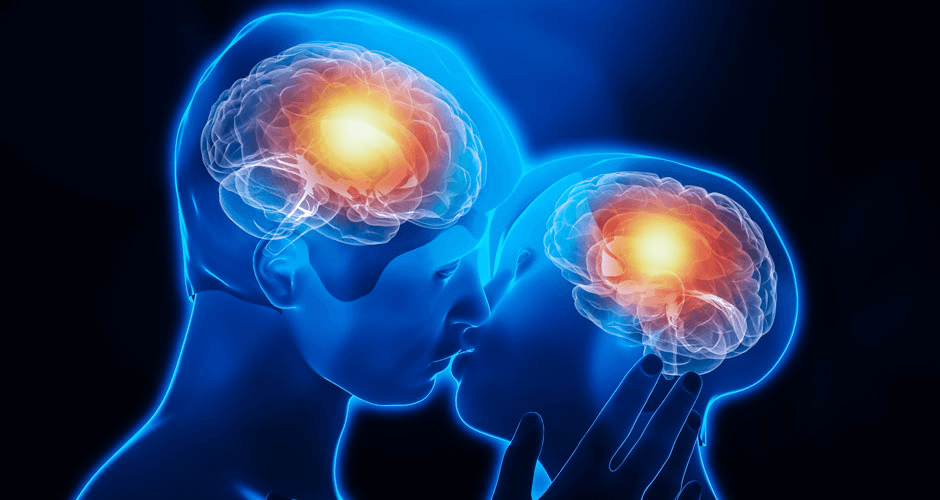Researchers at the University of Helsinki and University of Copenhagen investigated whether a computer would be able to identify the facial features we consider attractive and, based on this, create new images matching our criteria. The researchers used artificial intelligence to interpret brain signals and combined the resulting brain-computer interface with a generative model of artificial faces. This enabled the computer to create facial images that appealed to individual preferences.
…
Initially, the researchers gave a generative adversarial neural network (GAN) the task of creating hundreds of artificial portraits. The images were shown, one at a time, to 30 volunteers who were asked to pay attention to faces they found attractive while their brain responses were recorded via electroencephalography (EEG).
“It worked a bit like the dating app Tinder: the participants ‘swiped right’ when coming across an attractive face. Here, however, they did not have to do anything but look at the images. We measured their immediate brain response to the images,” [researcher Michiel] Spapé explains.
To test the validity of their modelling, the researchers generated new portraits for each participant, predicting they would find them personally attractive. Testing them in a double-blind procedure against matched controls, they found that the new images matched the preferences of the subjects with an accuracy of over 80%.































